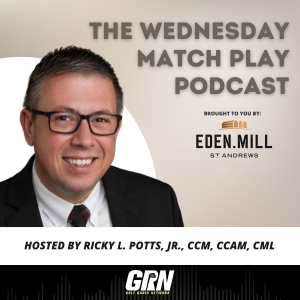A safe harbor match is a type of employer contribution to an employee’s 401(k) plan that helps the plan meet certain IRS non-discrimination requirements. These requirements ensure that benefits do not disproportionately favor highly compensated employees. By offering a safe harbor match, employers can avoid some of the annual compliance tests that 401(k) plans are typically subject to.
There are a few types of safe harbor contributions:
- Basic Safe Harbor Match: The employer matches 100% of an employee’s contribution up to 3% of their salary, plus 50% of contributions on the next 2% of salary. In total, this can add up to a maximum 4% employer contribution if the employee contributes at least 5% of their salary.
- Enhanced Safe Harbor Match: The employer matches 100% of the employee’s contribution up to a certain percentage, often 4% of their salary. This option is generally more generous than the basic match.
- Non-Elective Contribution: Instead of matching employee contributions, the employer can choose to contribute a fixed 3% of each employee’s salary, regardless of whether the employee contributes to their 401(k) or not.
Safe harbor matching is beneficial to employees as it guarantees a certain level of employer contribution, and for employers, it simplifies compliance with 401(k) regulations.




